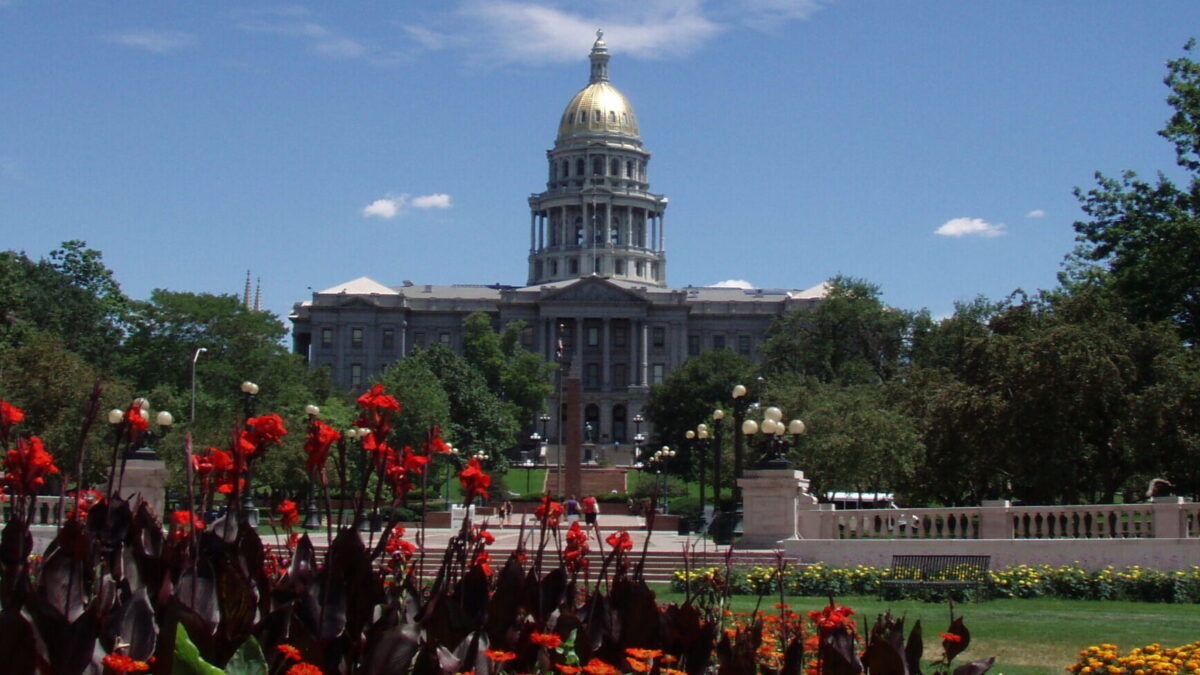
Unless you’re a procrastinator, tax filing season officially ended Monday. That milestone means a likely reprise of the political battles from earlier this year about tax refunds and the effects of the Republican Tax Cuts and Jobs Act.
Early in the filing season, Democrats argued that smaller refunds for filers demonstrated the legislation’s ineffectiveness. (As of March 29, the Internal Revenue Service has processed $6 billion less in refunds than during last year’s filing season.) Republicans counter that, under the new law, most individuals will have smaller tax liabilities overall, meaning that individuals receiving smaller refunds this spring benefited from fatter paychecks throughout 2018.
By and large, Republicans have the better argument. Even the liberal Tax Policy Center concedes that most households will benefit from the tax legislation. Under their estimates, more than four in five tax filing units (80.4 percent) received a net tax cut, with fewer than one in twenty (4.8 percent) paying a net tax increase. (About 15 percent of households won’t see a major change, one way or the other.) As a result, most families with smaller refunds received larger net pay during the year, due to smaller tax withholding in their paychecks every month.
But the political back-and-forth misses the bigger point: Individuals who get a large refund at year-end from the Internal Revenue Service are in most cases not managing their money well.
Why Give the Government an Interest-Free Loan?
Granted, the major changes to the tax law represent an anomaly. Some individuals could end up with a big refund this year out of an abundance of caution—they did not fully understand how the changes to the tax code would affect their financial situation, so did not want to reduce their monthly tax withholding.
But in most years and most cases, Americans’ use of their tax refunds, which averaged $2,727 last year, as a planned “bonus” check appears irrational. For instance, one survey released last month found that the largest percentage of Americans (27 percent) plan to use their refund to pay down debt.
Consider that for a moment: Individuals are using money they gave the federal government interest-free for several months, or even a year, to pay off debt for which they have been paying interest. For individuals with credit card debt charging 10 percent (or more) in interest, taking a refund in spring 2019 and not paying down their debt during 2018 through larger monthly paychecks cost them several hundred dollars in interest.
Other individuals who use their refunds for major purchases (9 percent), vacations (7 percent), or splurges (3 percent) may think that a low interest rate environment means they’re not losing that much money by taking a big refund each spring. While that belief held true for much of the past decade, it has less validity now.
Interest rates have risen (albeit slowly), such that savings accounts are now paying 2-2.5 percent interest. Compared to someone who uses his refund to pay for a tropical vacation, an individual who adjusts his withholding and saves the difference every month will earn enough money in interest to pay for an extra “free” dinner on his trip.
Likewise, individuals looking to place their refunds in an investment (9 percent) or retirement (7 percent) account lose the benefits of months’ worth of potential gains by doing so in a lump sum. Had they invested monthly by reducing their tax withholdings, they would have received dividends on the shares they purchased throughout 2018. Moreover, by investing every month, instead of in a lump sum when they get their tax refunds, individuals would receive the added benefit of dollar-cost averaging—buying small sums over time, rather than making one big bet, in ways that reduce an individual’s exposure to market volatility.
Why Pay Fees to Get Your Own Money Back Faster?
Anticipation loans represent a particularly bad form of refund planning. Having given the federal government an interest-free loan for the entire year, individuals choosing the anticipation loan route will end up paying interest and fees to get back the money they lent the federal government for free.
To mitigate this bad planning (only slightly), H&R Block now offers refund anticipation loans without interest and fees. However, the loans come via electronic debit cards, which come with—surprise, surprise!—their own fees.
In a slightly different context, I noted previously the need for Americans to increase their personal savings. Using tax refunds as a form of forced savings reinforces my earlier point. Americans should work to save money throughout the year, not use tax refunds as their sole option to fund their retirement, or pay down debt.
On the one hand, taxpayers giving the federal government interest-free loans benefits me indirectly, by reduces the Treasury’s interest payments. But on the other, the refund phenomenon demonstrates our cultural profligacy—increasing my concern about the debts our nation continues to incur, with little plan to repay.









